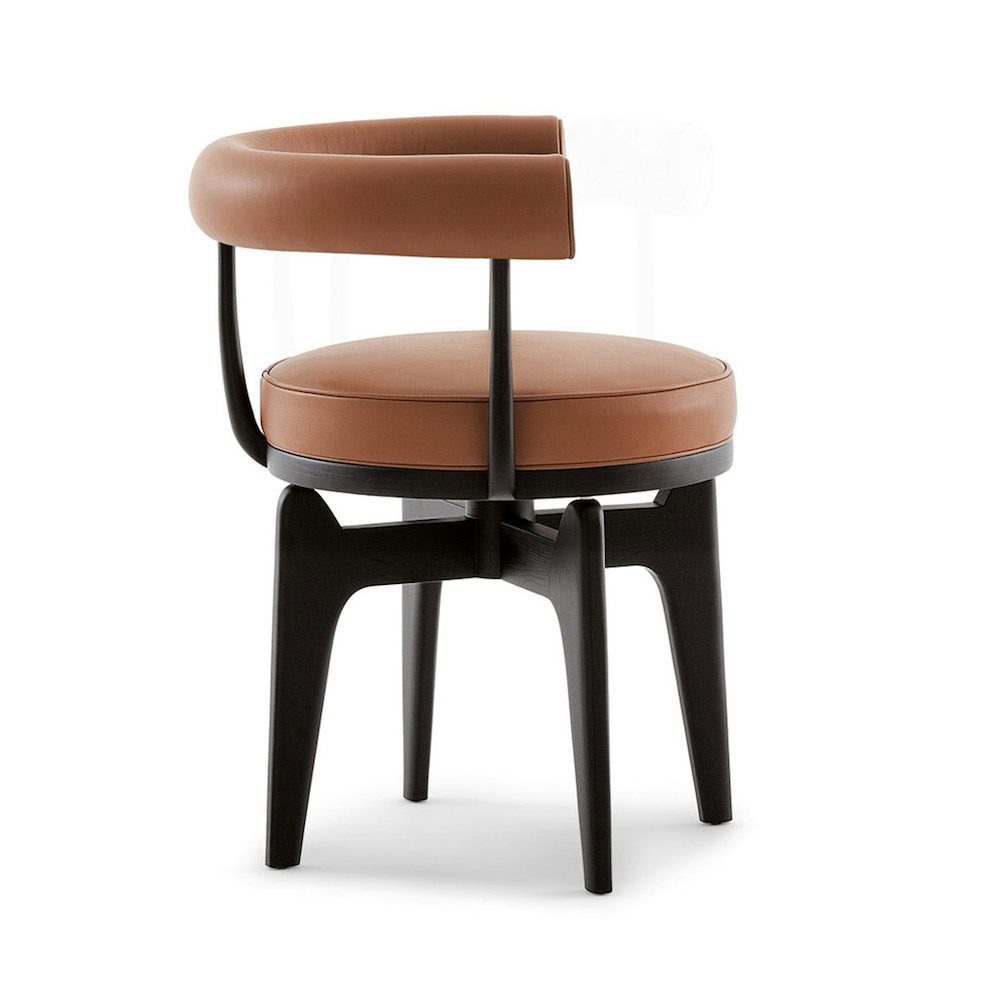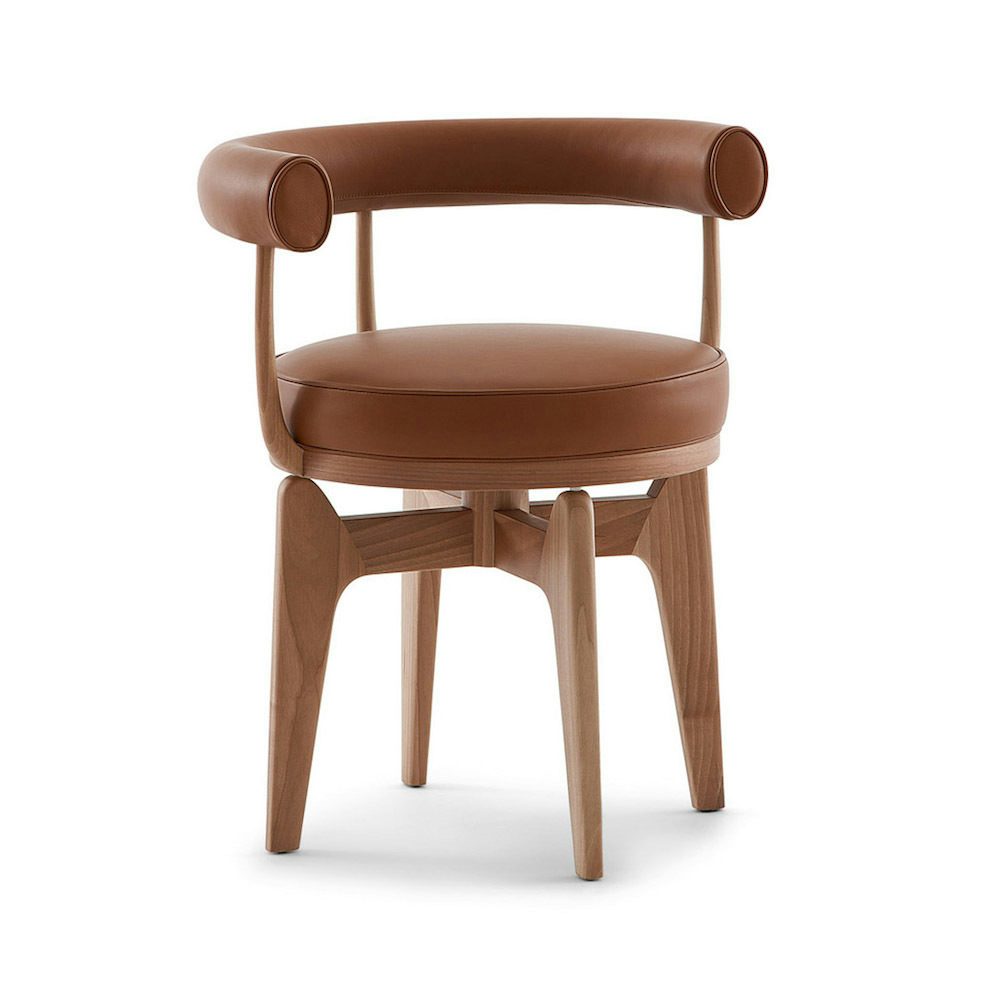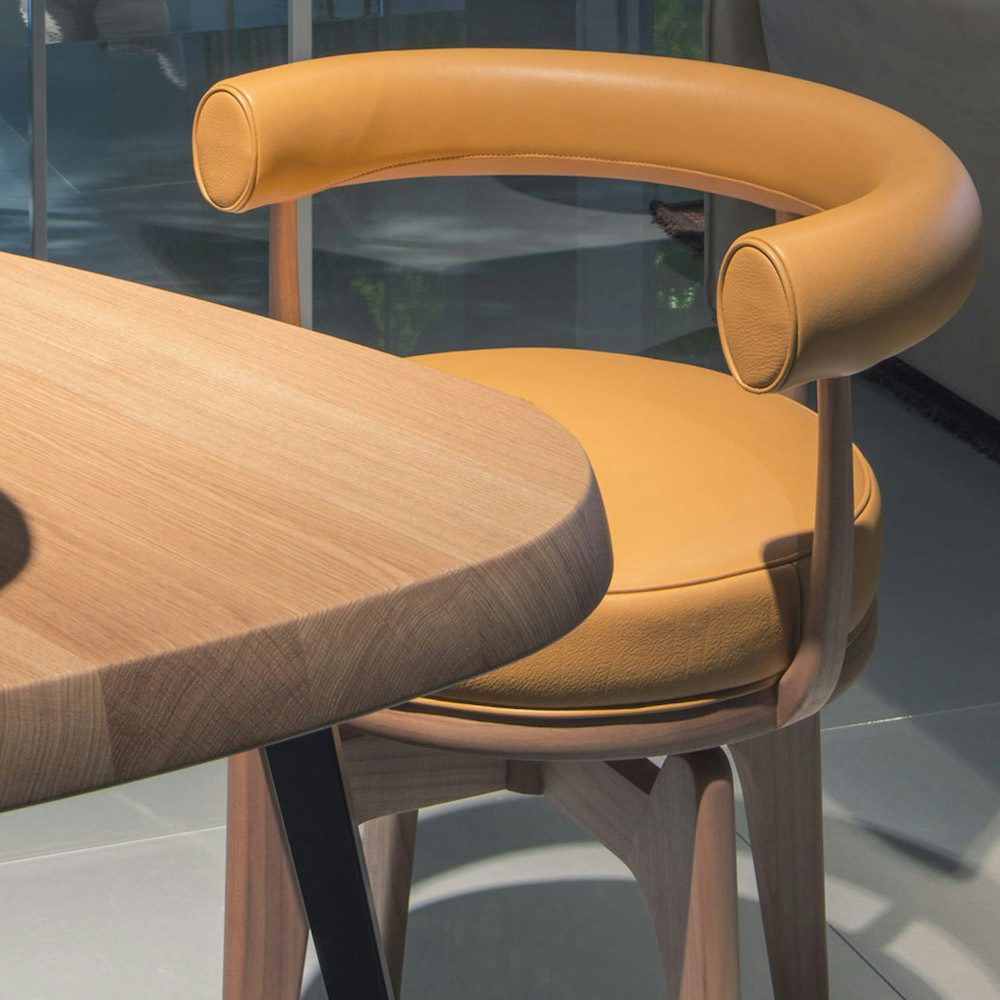Product Gallery
Video
Charlotte Perriand
France (1903–1999)
In her eight-decade career, Charlotte Perriand contributed to countless design projects that allowed her to experiment with material. She explored working with tubular steel furniture, natural pieces in ebonized wood, bamboo furniture in Japan, and more. Paying close attention to the functionality of the furniture and the arrangement of the interior environment, Perriand designed pieces that were meant to be comfortably used and enjoyed in a space, as evidenced in her famed 1959 daybed or curved-back LC7 chair. Her revolutionary user-centric approach helped establish her as a seminal figure in the modernist design movement whose legacy endures to this day.
Not long after graduating from Ecole de L'Union Centrale de Arts Decoratifs in Paris, Perriand impressed critics with “Bar Under the Roof,” an installation featuring an aluminum and chrome bar counter and card table presented at the Salon d’Automne in 1927. The showcase established her as an avant-garde talent to watch and wowed a personal icon of hers, Le Corbusier—who invited her to join his studio and work on furniture designs with him and his cousin Pierre Jeanneret. The trio went on to craft some of the most enduring modern furniture pieces of the 20th century, such as the widely collected LC4 chaise longue, today produced by Cassina.
More in Furniture
View All
by Hans J. Wegner
for PP Møbler
PP512 Folding Chair
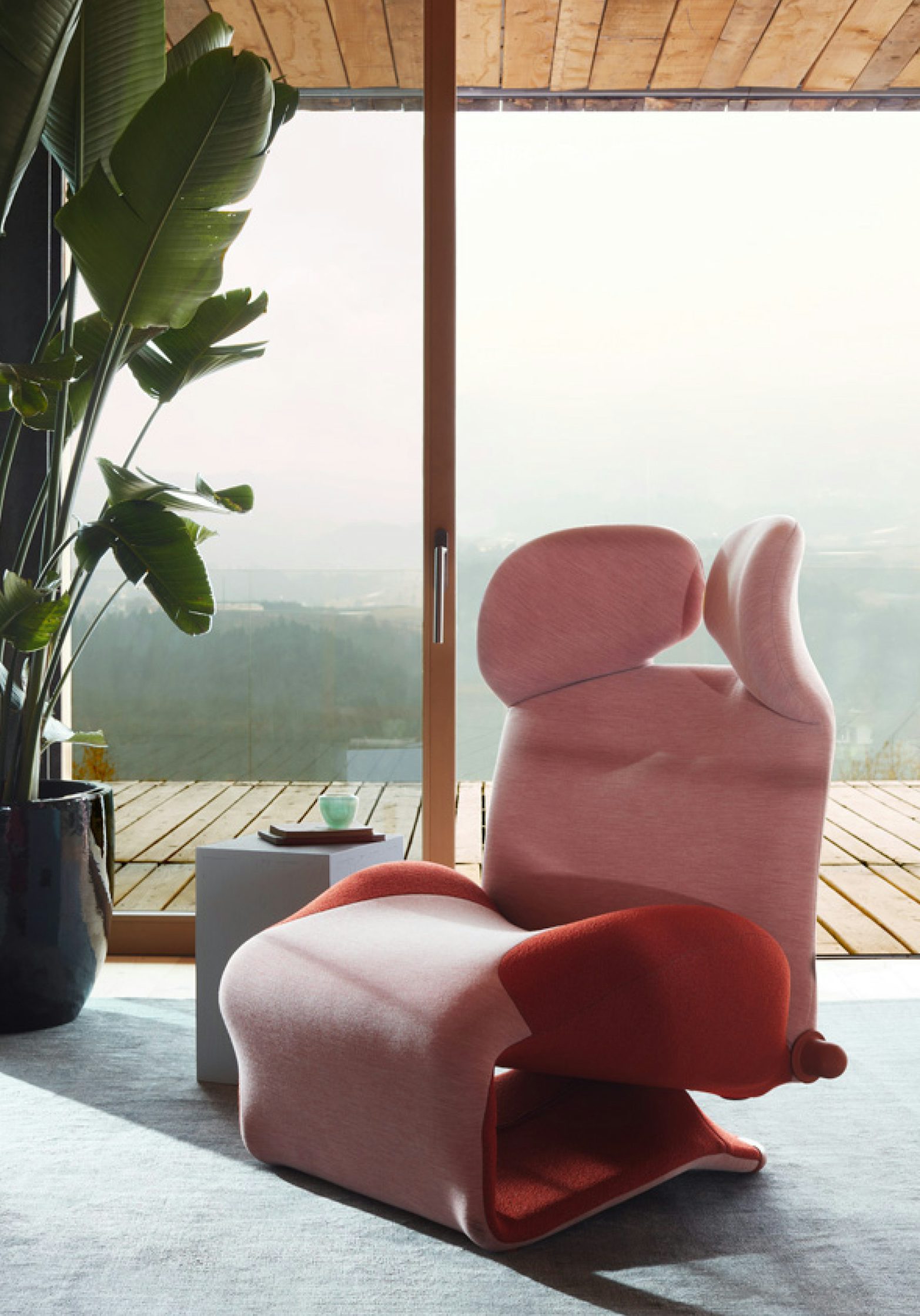
by Toshiyuki Kita
for Cassina
Wink Lounge

by Le Corbusier, Perriand, Jeanneret
for Cassina
LC4 Noire Chaise Lounge
More in Charlotte Perriand
View All
$3,493
by Charlotte Perriand
for Cassina
Doron Hotel Outdoor Chair — SALE

by Charlotte Perriand
for Cassina
Graffiti Rug
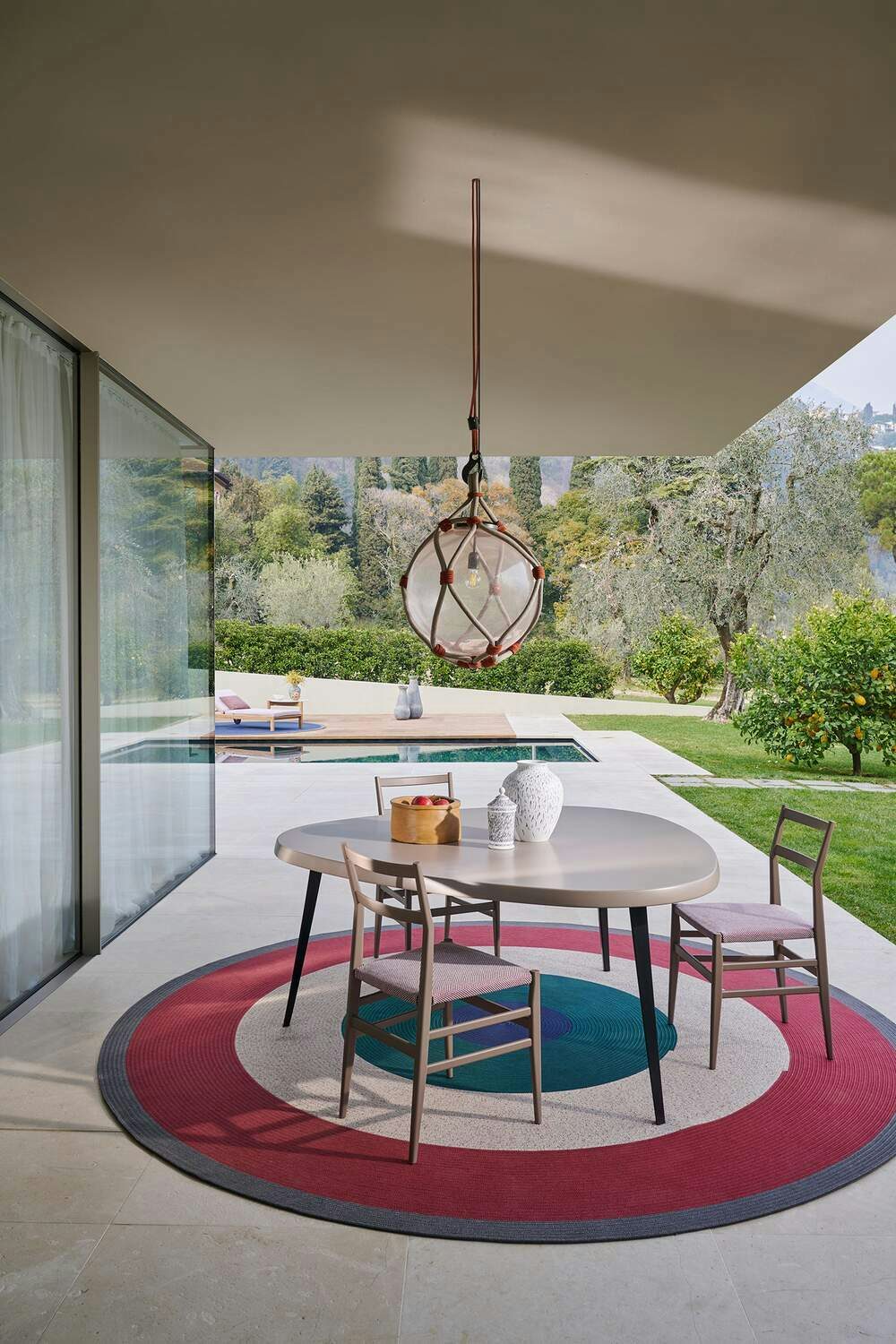
by Charlotte Perriand
for Cassina
